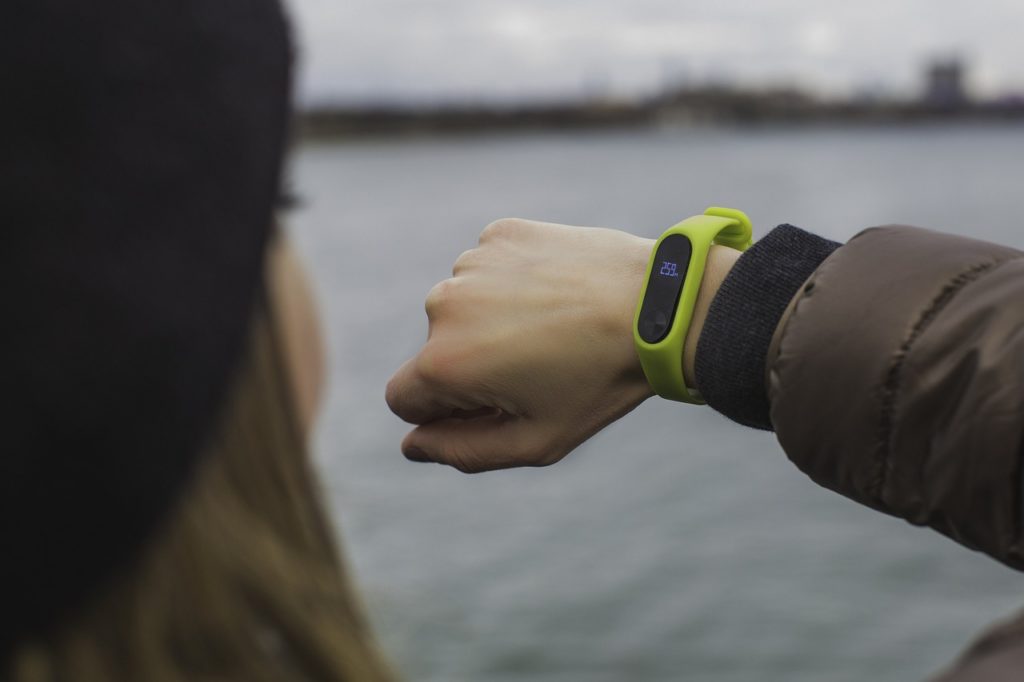Technology has been transforming the healthcare industry in recent years. One of the most significant changes we have seen is the development of home health technology, which enables patients to monitor their health from the comfort of their homes. Thanks to the latest trends and innovations in this field, patients can manage their conditions more effectively, reduce hospital readmissions, and improve their overall well-being. This blog will explore the latest trends and innovations in home health technology that are revolutionizing the healthcare industry.

Wearable Technology
Wearable technology has become increasingly popular and is now a crucial part of home health technology. Wearable devices can track vital signs, measure activity levels, and even monitor sleep patterns. The latest wearable technology can provide real-time feedback and alerts to patients and caregivers, allowing them to take prompt action when necessary. This technology can be especially beneficial for patients with chronic conditions, as it can help them manage their symptoms and prevent further complications.
Telehealth Services
Telehealth services are another significant trend in home health technology. These services allow patients and healthcare providers to communicate remotely, including video consultations, messaging, and other forms of virtual care. Telehealth services can be especially useful for patients who live in remote areas and have limited access to healthcare services. They can also benefit patients who cannot travel to a healthcare facility due to mobility issues or other health concerns.
Another way telehealth services are being utilized is through remote patient monitoring. This involves using devices to collect and transmit patient health data to their healthcare provider for review. This allows for more frequent monitoring and early detection of any changes in the patient’s health, reducing the risk of hospital readmissions.
Artificial Intelligence
Artificial intelligence (AI) is another innovation in home health technology that has the potential to revolutionize healthcare. AI-powered devices can analyze and interpret patient data, allowing healthcare providers to make more informed treatment plans and patient care decisions. AI can also help predict potential health issues, allowing healthcare providers to intervene before a condition becomes more severe.
For instance, AI-powered monitoring systems can track changes in a patient’s vital signs and alert healthcare providers of any concerning trends. This can help prevent hospital readmissions and avoid emergency situations.
Remote Patient Monitoring
Remote patient monitoring (RPM) is a system that enables healthcare providers to track patient health outside of the hospital. This technology uses sensors and other monitoring devices to collect data on a patient’s vital signs and other health indicators. The data is then transmitted to healthcare providers who can monitor the patient’s health remotely. This technology can be especially useful for patients with chronic conditions who require ongoing monitoring and care.
Smart Homes
Smart homes are a rapidly growing trend in home health technology. These homes have sensors and other devices to monitor a patient’s health and safety. For example, smart homes can detect falls and other emergencies and automatically alert healthcare providers or caregivers. These homes can also have devices that help patients manage their medication schedules and other health-related tasks.
In addition to these trends and innovations, there are many other exciting developments in home health technology. From advanced health monitoring devices to virtual reality therapy, technology revolutionizes how we manage our health at home. As more and more patients turn to home health technology, we can expect even more innovative solutions that will improve patient outcomes and enhance overall healthcare delivery.
Conclusion
In conclusion, the latest trends and innovations in home health technology are revolutionizing the healthcare industry. Wearable technology, telehealth services, artificial intelligence, remote patient monitoring, and smart homes are just a few examples of the advancements that improve patient care and reduce healthcare costs. As technology continues to evolve, we can expect even more significant changes in the future. Patients and caregivers should stay informed about the latest developments in home health technology to ensure they take advantage of the most effective tools available to manage their health and well-being.